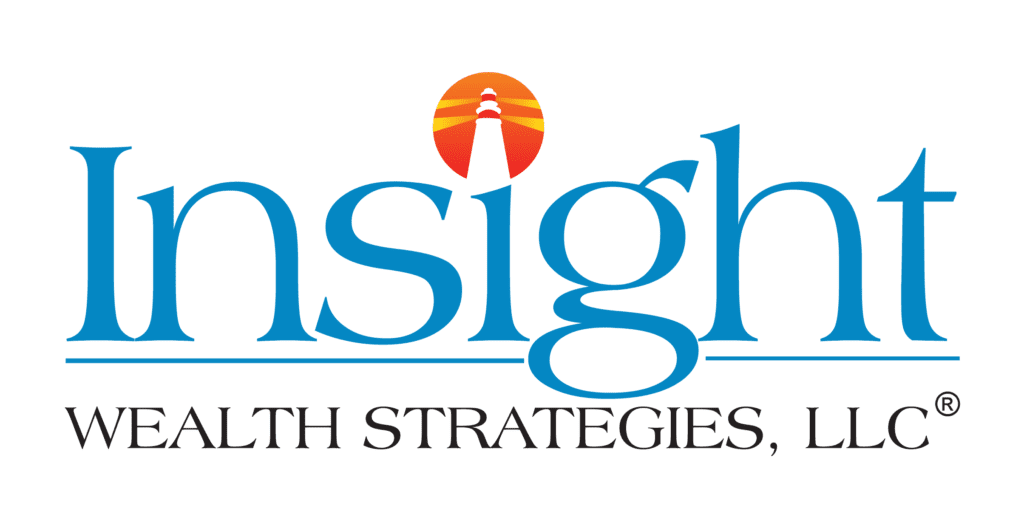Navigating Financial Transitions, A Guide for Chevron Employees Facing Severance
At Insight, we understand the complexities that come with such changes, drawing on over 20 years of experience in assisting Chevron employees in optimizing their benefits and financial strategies. Whether you’re contemplating retirement or preparing for the next career chapter, our goal is to empower you with the knowledge and strategies needed to make informed decisions and secure your financial well-being.
Assessing Your Retirement Readiness:
Evaluate Current Financial Standing: To gauge your preparedness for retirement, start by examining your current financial landscape. Scrutinize your savings, investments, and debts, taking note of liquid assets readily available. Evaluate the performance and risk profile of your investments, considering how they align with your long-term goals. Additionally, list and assess outstanding debts, factoring in interest rates and monthly obligations to get a holistic view of your financial health.
Factor in Severance Package: As you navigate potential severance, it’s crucial to understand its components. Look into details such as lump-sum payments and the continuation of benefits. Calculate the impact of the severance package on your overall net worth, and strategically plan the utilization of any lump-sum payments provided. Consider how this financial influx may accelerate or necessitate adjustments to your retirement timeline.
Taking these steps provides a comprehensive understanding of your financial standing, incorporating both existing resources and the potential impact of a severance package. Meeting with HR and consulting with a financial advisor will further refine your strategy, ensuring you make well-informed decisions about your retirement in the face of workplace transitions.
Maximizing Benefits:
Optimizing Unemployment Benefits: In the face of the transitional period post-severance, optimizing available benefits can be critical. Start by exploring the eligibility and duration of unemployment benefits. Grasping the intricacies of these benefits is crucial, and once eligibility is established, develop a strategic plan to harness them effectively. Consider how unemployment benefits can serve as a temporary financial bridge while you reassess your career trajectory.
ESIP Contribution Strategies: Moving beyond unemployment benefits, a key component for Chevron employees is the Employee Savings and Investment Plan (ESIP). Look into ESIP contribution strategies to make the most of this resource. Break down the options, including pre-tax, Roth, and after-tax contributions. Each option has distinct implications for your financial portfolio. Pre-tax contributions offer immediate tax benefits, Roth contributions provide tax-free withdrawals in retirement, and after-tax contributions enable further diversification.
To maximize ESIP benefits for long-term financial security, carefully consider your risk tolerance, investment horizon, and overall financial goals. Whether you aim to boost retirement savings or balance current financial needs, a well-thought-out ESIP strategy can play a pivotal role in securing your financial future amidst career transitions.
Check out our downloadable resources for Chevron employees:
Insurance Planning:
Reviewing Existing Coverage: When facing a career transition, reviewing your existing insurance coverage is an important step in working towards financial security. Assess current insurance plans to determine if they align with your evolving circumstances. Consider factors such as health, life, and disability insurance, ensuring that the coverage meets your current needs and aligns with your future goals.
As part of your financial reassessment, explore the possibility of adjusting existing insurance plans. Life changes, such as a career shift, can influence the adequacy of your coverage. Assess whether adjustments, such as increasing coverage or modifying policy terms, are necessary to provide a safety net during this transition.
Exploring Additional Coverage: In addition to reviewing existing coverage, consider exploring additional insurance options. Supplemental insurance can play a vital role in bridging potential gaps in coverage. Evaluate whether adding specific policies, such as short-term disability or critical illness coverage, can enhance your overall financial protection, especially during a period of career uncertainty.
Preparing for Future Financial Steps:
As you embark on the path of post-severance financial planning, several key considerations will shape your long-term stability.
Investment Considerations: Post-severance, it’s essential to reassess your investment strategy with a focus on risk management. Consider a diversified portfolio to spread risk across various asset classes. Diversification can help mitigate the impact of market fluctuations and improve the resilience of your investment portfolio. Engage with a financial advisor to tailor an investment approach that aligns with your risk tolerance, financial goals, and the evolving landscape post-severance.
Tax Planning: Navigating the potential tax implications of severance benefits and investment gains is vital for preserving your financial gains. Understand the tax treatment of severance packages and consider strategies for tax optimization. This may include leveraging tax-advantaged accounts, optimizing deductions, or exploring tax-efficient investment vehicles. Collaborate with a tax professional to develop a tax strategy that aligns with your overall financial plan, ensuring you retain more of your hard-earned assets.
Diversifying Your Portfolio: Emphasizing the significance of portfolio diversification is critical for long-term financial stability. Spread your investments across different asset classes, such as stocks, bonds, and real estate. Diversification helps manage risk by reducing the impact of poor-performing assets on your overall portfolio. Strive for a balanced mix that aligns with your risk tolerance and financial objectives. Regularly review and rebalance your portfolio to ensure it stays aligned with your evolving goals and market conditions.
As you begin on the journey of financial planning post-severance, the steps outlined in this guide are designed to empower you with the knowledge and strategies essential for a secure future. Navigating through career transitions requires careful consideration of your unique circumstances, and our team at Insight is here to help. With over 20 years of dedicated assistance to Chevron employees, we understand the intricacies of your benefits and the challenges you may face. Whether you seek guidance on investment strategies, tax planning, or portfolio diversification, our experienced professionals are ready to provide tailored solutions. Take charge of your financial well-being by contacting us today. Together, we can craft a personalized plan that ensures a smooth and prosperous journey beyond your severance.
Reviewed by,

Brian Stormont, CFP®
Brian Stormont is a comprehensive, fee-only financial advisor with Insight Wealth Strategies who began his career in the financial industry in 2000. His expertise encompasses retirement planning, investment planning, estate planning, and high-level strategies to help business owners and individuals minimize their income taxes.
Insight Wealth Strategies, LLC is a Registered Investment Adviser. Advisory services are only offered to clients or prospective clients where Insight Wealth Strategies, LLC and its representatives are properly licensed or exempt from licensure. Past performance is no guarantee of future returns. Investing involves risk and possible loss of principal capital. No advice may be rendered by Insight Wealth Strategies, LLC unless a client service agreement is in place.
Insight Wealth Strategies, LLC (IWS) and its affiliates do not provide tax, legal or accounting advice. This material has been prepared for informational purposes only, and is not intended to provide, and should not be relied on for, tax, legal or accounting advice. You should consult your own tax, legal and accounting advisors before engaging in any transaction.
Certified Financial Planner Board of Standards Inc. owns the certification marks CFP®, CERTIFIED FINANCIAL PLANNER™, in the U.S., which it awards to individuals who successfully complete CFP Board’s initial and ongoing certification requirements

